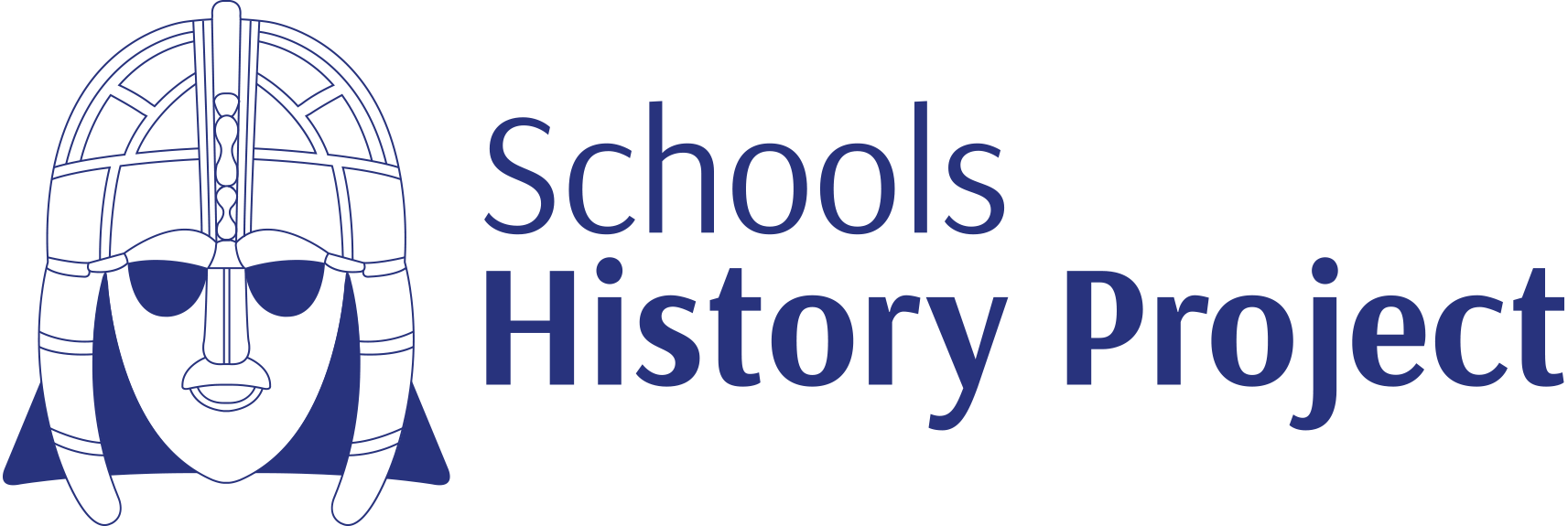This month, Asher Goodenough, Subject Specialist History/Critical Thinking at OCR, is offering some tips for people on assessing the new OCR B World Depth Study.
Understandably, many of the calls and emails we get at OCR ask us exactly how to apply the mark schemes on the new SHP GCSE. There are some important changes to the types of questions, and the way these mark schemes will be applied, compared to legacy qualifications, but what we hope will be really beneficial for your students is the relative freedom these mark schemes give you as teachers to design a meaningful, interesting and rich curriculum. There is no closing down of thinking on the new GCSEs, no cumbersome hoops to jump through, and no artificial balance required on longer questions – students are free to choose their own relevant examples and decide for themselves on many questions what analytical approach to take. Here I’ve taken the Living under Nazi rule sample assessment paper, and I provide some hints and tips as you plan, teach and assess – this information is also valid for the First Crusade and Aztecs and the Spanish Conquest papers.
- Focus on the positives of the sources. Although the mark scheme does allow for discussion of limitations, you might find your students tend to write bland, stock comments about the reliability or utility of the sources. Get them to think about their own knowledge of the issue in question before analysing sources. Questions students could validly ask might be: What do I know about the Hitler Youth organisation – who, when, where, why, how? Where do the sources show this? If I didn’t know any of this, what could I learn from the sources? If I were a historian writing a book about it, how would the sources help me?
- Please don’t get them to just list what’s missing from the sources – “this is just a poster about girls. It does not show boys.” Avoid reliability done in this fashion – “But this was written many years after the Nazi time so it might not be reliable because they weren’t there’. There are valid points that can be made as limitations. “Although the interpretation tells us the total number of people in the Hitler Youth, it doesn’t tell us whether that was all young people, so it isn’t useful for finding out if the Nazis got to 100% of the German youth by 1939
- Let the number of marks be a rough guide as to how much time should be spent on each question. There are 7+15+18 marks available in roughly 50-55 minutes. The essay requires an argument and a line of reasoning. The three sources question requires three times as much reading, deciphering and writing as the first question, so this should be relatively short.
- Only credit something if it answers the question. If the source question is about ‘Nazi propaganda’ don’t credit their inferences and own knowledge about other material. Reading the question is, has, always will be, so important.
- The mark scheme for the essays does not mention a certain number of paragraphs and it does not mention balance. Some long introductions we have seen just set the scene rather than setting up an argument, and some conclusions just repeat what they have already said – this time would be better spent on another paragraph of analysis and explanation.
- The mark scheme does mention a ‘line of reasoning’. This means the student should work out their answer before starting, and stick to it. If they completely or strongly agree or disagree with the statement in the question, this is fine. There is no requirement to have e.g. two paragraphs agreeing and two disagreeing. What matters is that they stick to their argument throughout and ‘prove’ their case.
- Only credit material that makes sense and is reasonable. One candidate answer said ‘there was a lot of opposition to the Nazis such as people wearing jeans and some young people had parties. But there was also a lot of control by the Gestapo and SS, and concentration camps were set up. They also used propaganda, and had strict laws and persecuted many groups of people. So there was some opposition and some control’ The weight of evidence presented here, although vague, suggests there was relatively little opposition, not half and half.
Hopefully you have found the tips above useful. As always, the History team at OCR is always happy to be contacted on any matter, and we will help you as much as we are able. You can reach us at history@ocr.org.uk
